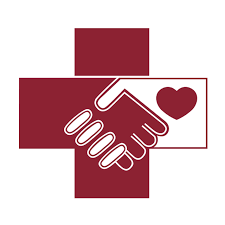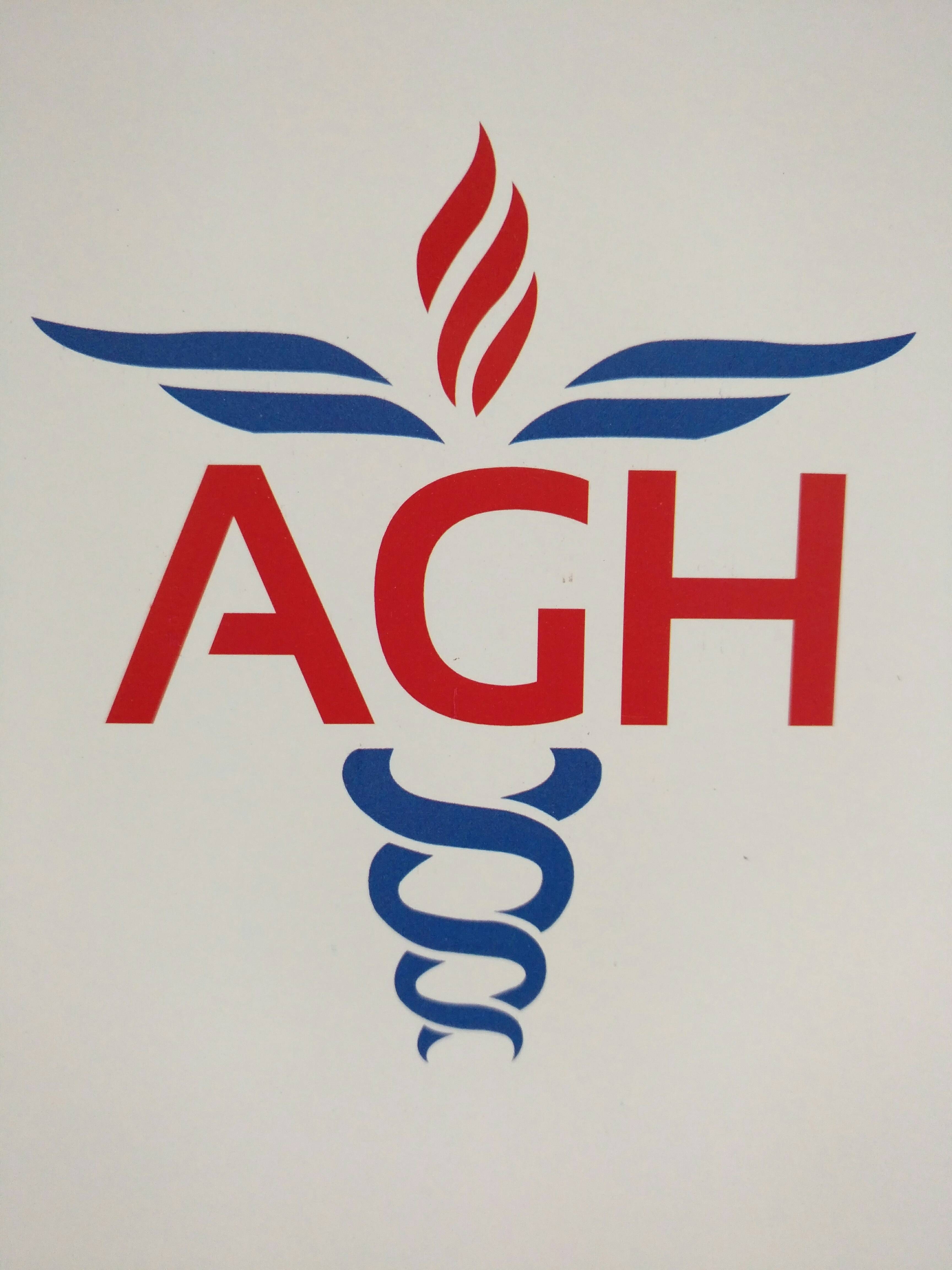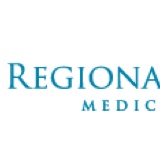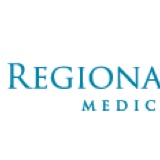Title Page
-
Site conducted
-
Site conducted
-
Conducted on
-
Prepared by
-
Location
SURVEILLANCE ROUNDS
-
LOCATION/UNIT:
-
WHICH SHIFT
-
DEPT MANAGER/LEADER:
-
INSPECTOR(S):
-
DATE:
SECURITY MANAGEMENT
-
Associates are wearing DHHS identification badges
-
Patient Information is kept private/confidential
-
Are medications properly secured in the Medication Room
-
SAFETY MANAGEMENT
-
Floor surfaces are uncompromised (not wet, no cracks/gaps or trip hazards)
-
Corridors unobstructed (equipment "IN USE" stored on one side only)
-
Emergency Exits are unobstructed (not blocked, clear of obstacles)
-
Exit signs are posted and lit
-
Storage areas appropriately utilized
-
Patient refrigerator / freezer temperature monitoring log compliant
-
Items are not stored directly on the floor (at least 6" off the floor)
-
There were no expired supplies found in supplies and medication room
-
Emergency eye wash station are inspected weekly In Triage
-
Emergency eye wash station are inspected weekly In ER
-
No broken, defective or nonfunctional equipment/furniture found
-
Emergency Lighting is operational.
Crash Cart
-
Portable suction present x2 on each crash cart
-
Crash Cart Log Daily checks are documented, defibrillator is tested
-
Cardiac Monitors have all attachments
Review of ER Proper
-
Associates know where to find eye wash station and how to operate it
-
Hand Hygiene compliance observed
-
Portable oxygen tanks are clearly marked and segregated EMPTY or FULL
-
Containers/spray bottles are labeled accordingly (i.e. legible, expiration date)
-
Sharps containers are not over filled, needles are below the full line
-
Nurse call button, code button operational. Test conducted
-
Dinamap fully functional (Triage )
-
Nursing station clean and free of clutter
Cubicles Review
-
Each cubicle had alaris pump
-
All Cardiac Monitors are functional with all attachments
-
Each Cubicle has Pediatric facemask (2)
-
Each Cubicle has Pediatric NC (2)
-
Each Cubicle has Pediatric Nebulizer
-
Each Cubicle has Adult Facemask
-
Each Cubicle has an Adult NRFM
-
Each Cubicle has an Adult NC
-
Each Cubicle has Disposable gowns, sheets, blue pads
-
Cubicle 6 have vaginal speculum(s)
-
Each cubicle has a suction device setup
-
Each cubicle has sterile gloves 2 pairs in each size
Urinary Catheter Observations
-
Is the catheter properly secured to the patient?
-
Is there unobstructed flow from the catheter into the bag?
-
Is the collection bag below the level of the bladder?
-
Are the bag and tubing off of the floor?
-
Falls Risk Observation
-
Is Fall risk arm band on patient
-
is the patient bed in lowest position
-
is the bed locked
-
Is the Side rails in upright position
-
Is the patient Call bell within reach
-
Fall risk assessment completed
-
Evidence of Purposeful rounding for 4 P's (Pain, Position, Personal Space, Potty)
HAPI/CAPI Risk Observation
-
Braden Assessment completed
-
Photos taken on admission
-
Partial Bath /perineal care done q4h
-
Catheter care done Q4hrs
-
Frequent diaper checks done
-
Position change and pressure care every 2 hours
-
If a CAPI is present, are family members updated and documented?
Restraints Observation
-
Physican order present in Meditech system
-
Order contains type of restrains to be used
-
Behaviour/reason for restraint is documented
-
Date and time restraints initiated documented
-
Who applied the restraint(s) is documented
-
Location of restraints is documented
-
Restraints status is documented every two hours
-
Sign of injury is documented
-
Can two finger breath fit under the restraints
-
Is restraints secured on the immovable part of the stretcher
-
Restraint flow sheet documented
-
Evidence of Q30 minutes documentation of patient observations
-
Explanation for restraints documented










